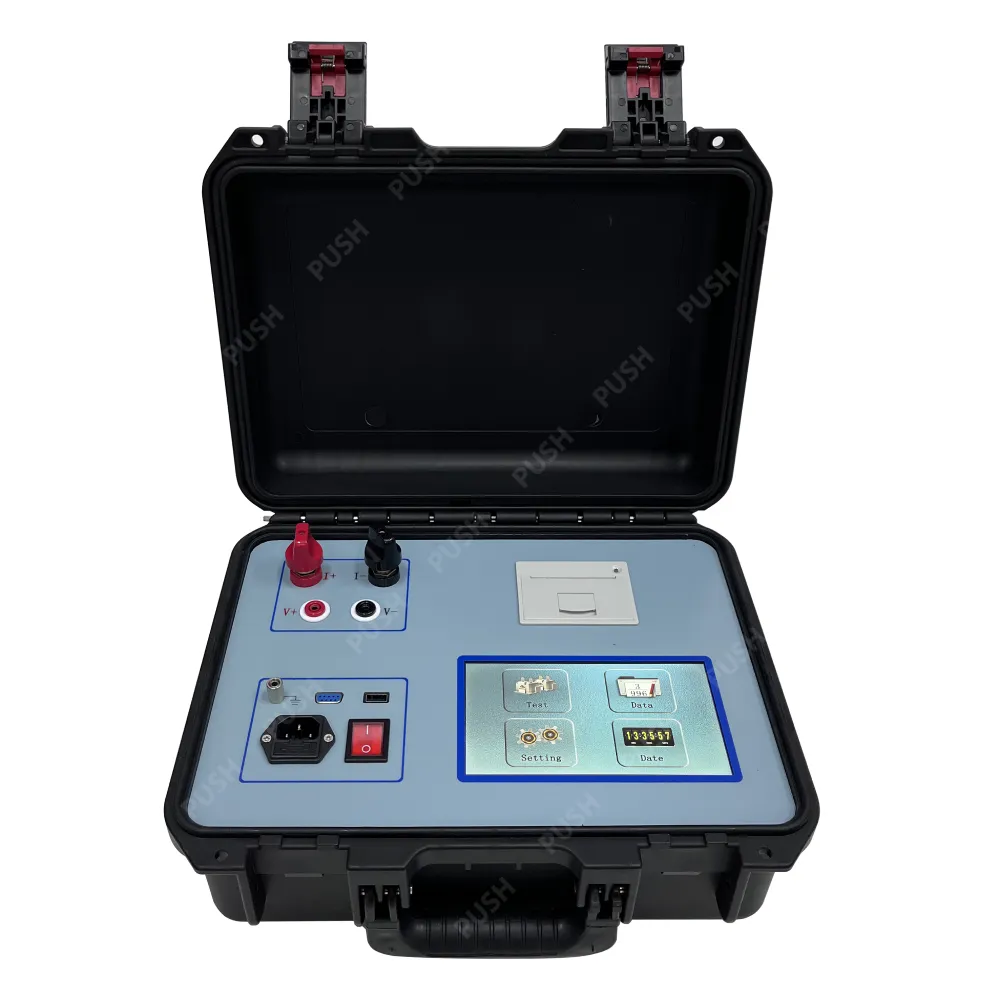 English
English



-
 Afrikaans
Afrikaans -
 Albanian
Albanian -
 Amharic
Amharic -
 Arabic
Arabic -
 Armenian
Armenian -
 Azerbaijani
Azerbaijani -
 Basque
Basque -
 Belarusian
Belarusian -
 Bengali
Bengali -
 Bosnian
Bosnian -
 Bulgarian
Bulgarian -
 Catalan
Catalan -
 Cebuano
Cebuano -
 China
China -
 China (Taiwan)
China (Taiwan) -
 Corsican
Corsican -
 Croatian
Croatian -
 Czech
Czech -
 Danish
Danish -
 Dutch
Dutch -
 English
English -
 Esperanto
Esperanto -
 Estonian
Estonian -
 Finnish
Finnish -
 French
French -
 Frisian
Frisian -
 Galician
Galician -
 Georgian
Georgian -
 German
German -
 Greek
Greek -
 Gujarati
Gujarati -
 Haitian Creole
Haitian Creole -
 hausa
hausa -
 hawaiian
hawaiian -
 Hebrew
Hebrew -
 Hindi
Hindi -
 Miao
Miao -
 Hungarian
Hungarian -
 Icelandic
Icelandic -
 igbo
igbo -
 Indonesian
Indonesian -
 irish
irish -
 Italian
Italian -
 Japanese
Japanese -
 Javanese
Javanese -
 Kannada
Kannada -
 kazakh
kazakh -
 Khmer
Khmer -
 Rwandese
Rwandese -
 Korean
Korean -
 Kurdish
Kurdish -
 Kyrgyz
Kyrgyz -
 Lao
Lao -
 Latin
Latin -
 Latvian
Latvian -
 Lithuanian
Lithuanian -
 Luxembourgish
Luxembourgish -
 Macedonian
Macedonian -
 Malgashi
Malgashi -
 Malay
Malay -
 Malayalam
Malayalam -
 Maltese
Maltese -
 Maori
Maori -
 Marathi
Marathi -
 Mongolian
Mongolian -
 Myanmar
Myanmar -
 Nepali
Nepali -
 Norwegian
Norwegian -
 Norwegian
Norwegian -
 Occitan
Occitan -
 Pashto
Pashto -
 Persian
Persian -
 Polish
Polish -
 Portuguese
Portuguese -
 Punjabi
Punjabi -
 Romanian
Romanian -
 Russian
Russian -
 Samoan
Samoan -
 Scottish Gaelic
Scottish Gaelic -
 Serbian
Serbian -
 Sesotho
Sesotho -
 Shona
Shona -
 Sindhi
Sindhi -
 Sinhala
Sinhala -
 Slovak
Slovak -
 Slovenian
Slovenian -
 Somali
Somali -
 Spanish
Spanish -
 Sundanese
Sundanese -
 Swahili
Swahili -
 Swedish
Swedish -
 Tagalog
Tagalog -
 Tajik
Tajik -
 Tamil
Tamil -
 Tatar
Tatar -
 Telugu
Telugu -
 Thai
Thai -
 Turkish
Turkish -
 Turkmen
Turkmen -
 Ukrainian
Ukrainian -
 Urdu
Urdu -
 Uighur
Uighur -
 Uzbek
Uzbek -
 Vietnamese
Vietnamese -
 Welsh
Welsh -
 Bantu
Bantu -
 Yiddish
Yiddish -
 Yoruba
Yoruba -
 Zulu
Zulu
Understanding the Fundamentals of Current Injection Transformers in Power Systems
Understanding Current Injection Transformers
In the realm of electrical engineering, transformers play a crucial role in the transmission and distribution of electrical power. Amongst the various types of transformers, the current injection transformer (CIT) stands out due to its unique characteristics and applications. This article delves into the principles, construction, applications, and benefits of current injection transformers.
Principles of Current Injection Transformers
A current injection transformer is designed to inject a specific current into a circuit or system, primarily for testing and protection purposes. Unlike traditional voltage transformers that step voltage up or down, CITs focus on maintaining a stable current while being isolated from the primary system. This isolation is essential for both safety and the integrity of the measurement or monitoring system.
The operation of a current injection transformer is based on the principles of electromagnetic induction. It consists of a core made from magnetic materials around which wire windings are placed. When an alternating current flows through the primary winding, it generates a magnetic field that induces a proportional current in the secondary winding. This induced current can then be injected into the circuit, enabling various testing and operational processes.
Construction of Current Injection Transformers
Current injection transformers are typically built with robust materials and structured to withstand the electrical and thermal stresses they encounter. The core is designed to minimize losses, ensuring that the transformer operates efficiently. The windings are constructed using copper or aluminum and are insulated to prevent feedback interference or short circuits. Furthermore, CITs may incorporate additional features such as tap changers for adjustable current output and built-in monitoring systems to track performance metrics.
current injection transformer

Applications of Current Injection Transformers
Current injection transformers find their application across a wide range of fields. One primary use is in electrical testing, where they are employed to simulate load conditions and assess the operational functionality of electrical equipment. This capability is particularly beneficial during commissioning tests and routine maintenance checks, as it allows engineers to ensure that systems perform as expected without risking damage from direct current injection.
Additionally, current injection transformers are instrumental in protection relay testing. They help validate the accuracy and response time of protection devices by injecting a controlled current that mimics fault conditions. This application is vital for ensuring that relay systems will operate effectively during actual power system faults, safeguarding the electrical infrastructure from damage.
Benefits of Current Injection Transformers
The utilization of current injection transformers brings numerous advantages. First and foremost, they provide a safe method to test and monitor electrical systems without introducing high voltage risks. Their ability to isolate the testing environment from the primary electrical system enhances safety for technicians and equipment alike.
Moreover, CITs allow for flexible testing parameters. Engineers can easily adjust the current levels for various test conditions, facilitating comprehensive evaluations of system performance. This adaptability is critical in modern power systems, which are increasingly complex and require precise and reliable testing methods.
In conclusion, current injection transformers are essential tools in the electrical engineering field. Their unique capabilities in current injection for testing and protection applications enhance the safety, reliability, and efficiency of electrical systems. As technology advances and electrical networks become more sophisticated, the role of CITs is expected to grow, further solidifying their importance in maintaining the integrity of electrical power systems.
-
Testing Equipment Industry Sees Major Advancements in 2025: Smart & Precision Technologies Lead the WayNewsJun.06,2025
-
Applications of Direct Current Generators in Renewable Energy SystemsNewsJun.05,2025
-
Hipot Tester Calibration and Accuracy GuidelinesNewsJun.05,2025
-
Digital Circuit Breaker Analyzer Features and BenefitsNewsJun.05,2025
-
Benefits of Real-Time Power Quality Monitoring Devices for Industrial EfficiencyNewsJun.05,2025
-
Earth Fault Loop Testing in High-Rise Building Electrical SystemsNewsJun.05,2025



